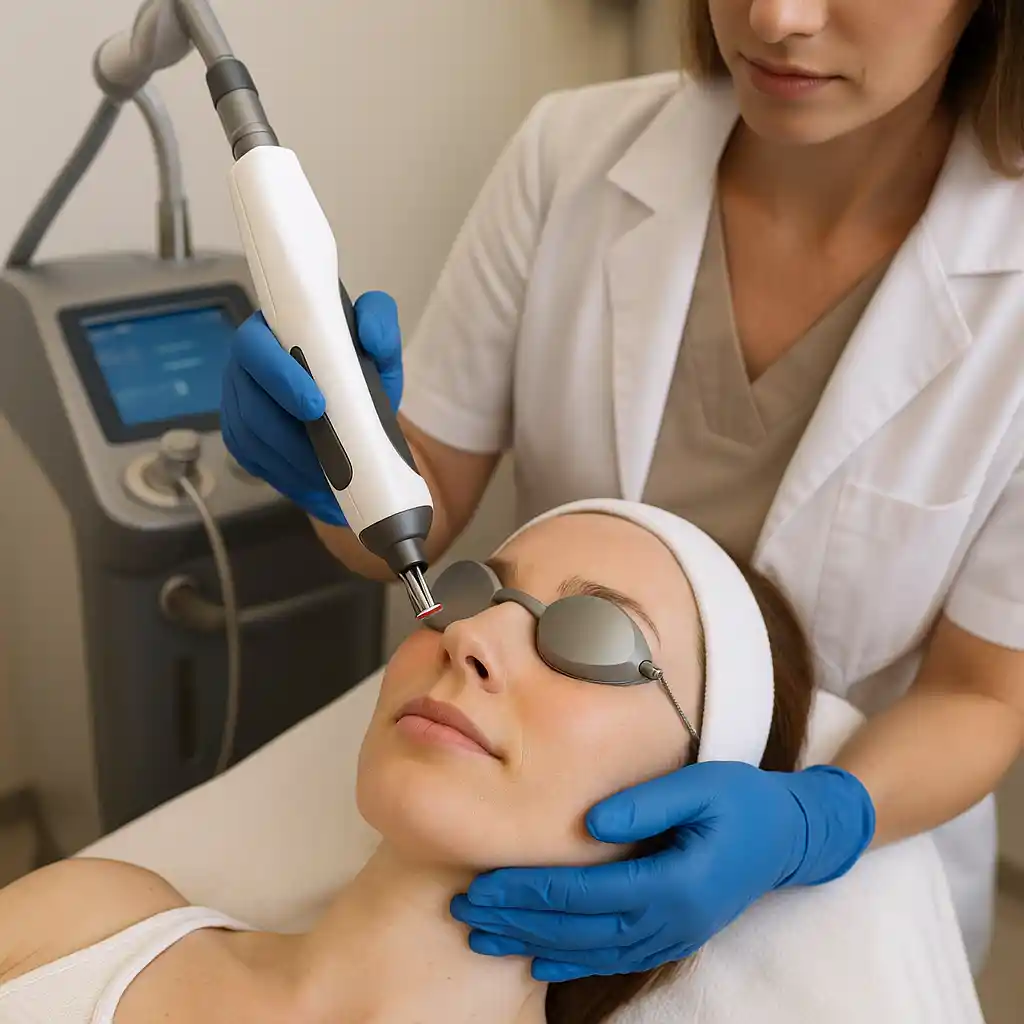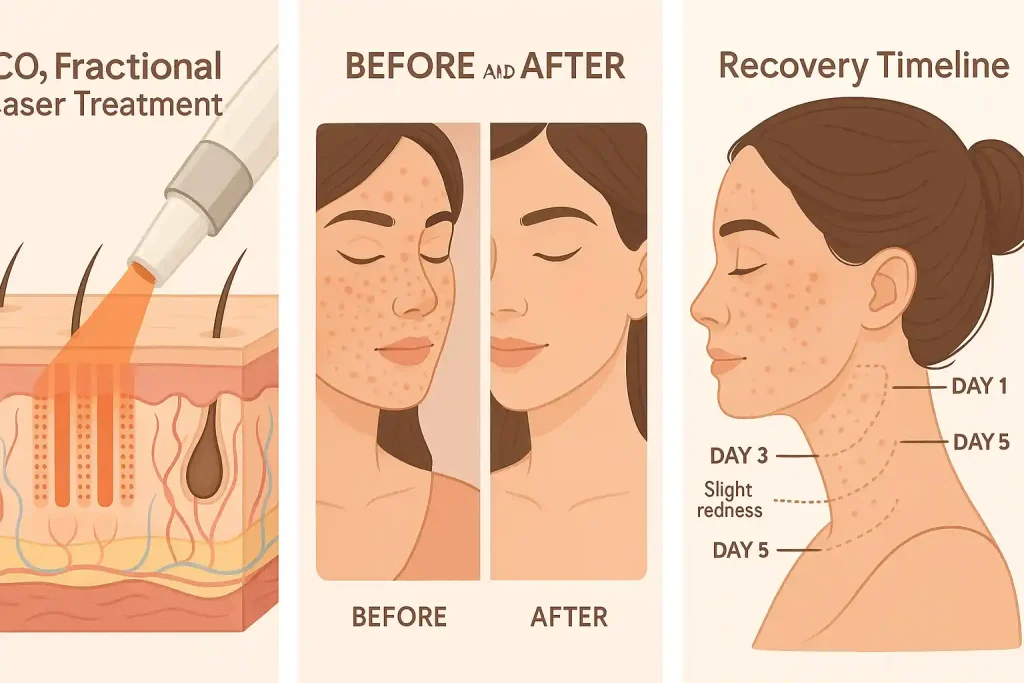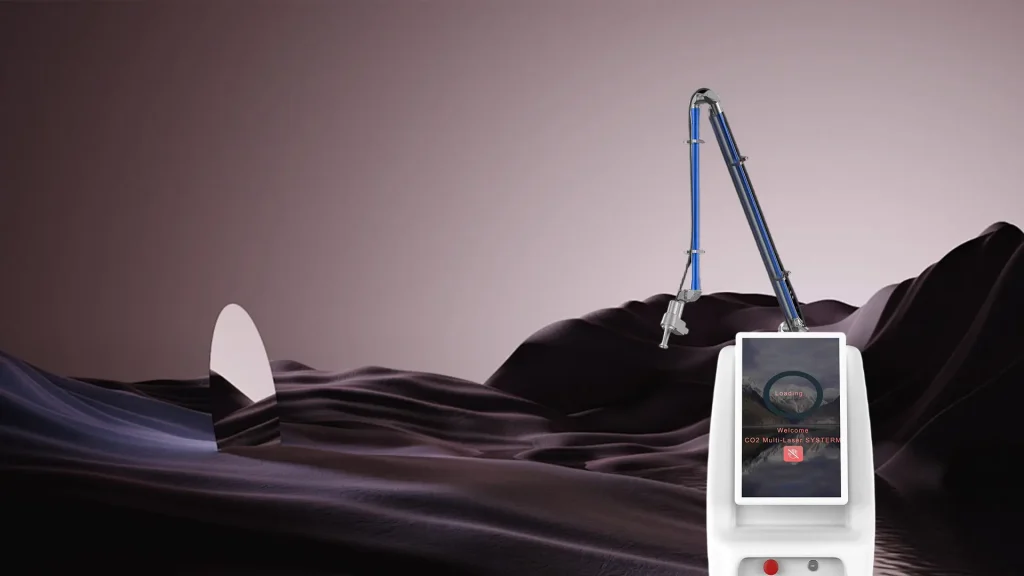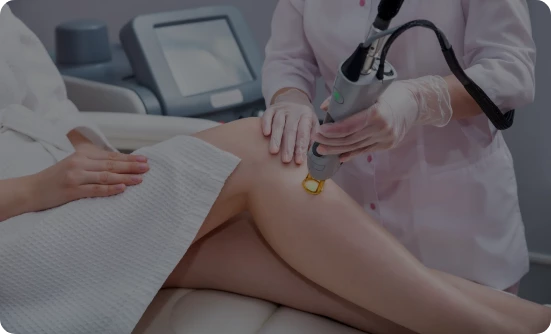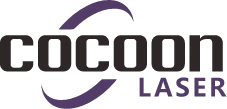High-Intensity Focused Ultrasound (HIFU) in Aesthetic Medicine: Precision Lifting Without Surgery
High-Intensity Focused Ultrasound (HIFU) in Aesthetic Medicine: Precision Lifting Without Surgery
In a post-surgical age of aesthetics where patients demand visible, natural results with zero downtime, High-Intensity Focused Ultrasound (HIFU) has emerged as a cornerstone modality in non-invasive facial lifting and skin tightening.
This article unpacks the clinical mechanisms, efficacy data, comparative positioning, limitations, and market-leading devices behind HIFU — arming aesthetic physicians, brand leaders, and discerning clients with nuanced insight into this game-changing technology.
🔍 What is HIFU?
High-Intensity Focused Ultrasound (HIFU) is an advanced therapeutic technology that uses precisely focused acoustic energy to create thermal coagulation zones at predefined depths beneath the skin’s surface. Unlike lasers (which act superficially) or RF (which heat diffusely), HIFU delivers energy in pinpoint focal zones as deep as 4.5mm, reaching the Superficial Musculo-Aponeurotic System (SMAS) — the same structural layer manipulated in surgical facelifts.
Mechanism of Action:
- Ultrasound waves converge at a focal point beneath the dermis.
- Temperatures of 60–70°C are generated at micro-coagulation zones.
- This triggers immediate collagen denaturation and initiates a wound-healing cascade.
- Over 8–12 weeks, the body remodels collagen, resulting in tissue contraction, lifting, and improved dermal architecture.
✅ Key Advantage: Non-invasive access to SMAS — a depth only previously reached via scalpel.
🧪 Clinical Indications and Evidence-Based Efficacy
HIFU is FDA-cleared and CE-certified for non-invasive facial lifting. It is commonly applied to:
- Lower face & jawline laxity
- Submental fat and double chin contouring
- Brow elevation
- Neck (platysmal bands)
- Décolleté rejuvenation
Several peer-reviewed studies support its efficacy:
- A 2015 study in Lasers in Surgery and Medicine demonstrated statistically significant skin tightening with quantifiable SMAS contraction post-HIFU.
- A 2020 trial published in Journal of Cosmetic Dermatology reported patient satisfaction rates exceeding 90% after 1–2 sessions.
- Histological evaluations confirm thickened collagen bundles and dermal density increases after HIFU.
📊 HIFU vs RF vs Laser: A Layered Comparison
| Feature | HIFU | Radiofrequency (RF) | Laser |
|---|---|---|---|
| Energy Type | Focused ultrasound | Electrical current | Light (photothermal) |
| Target Depths | 1.5mm, 3.0mm, 4.5mm (SMAS) | Dermis (1–3mm) | Epidermis/Dermis |
| Skin Types | All | All | Variable (melanin sensitive) |
| Primary Effects | Lifting, contouring | Tightening, collagen boost | Resurfacing, pigment correction |
| Onset | Gradual (8–12 weeks) | Moderate (2–6 weeks) | Fast (3–14 days) |
| Downtime | Minimal | None to minimal | Possible peeling, erythema |
💬 Strategic Insight: Many top-tier clinics are now combining HIFU + fractional RF microneedling to address multiple skin layers in one treatment protocol.
⚠️ Limitations and Clinical Caveats
Despite its reputation, HIFU is not a universal fix. Limitations include:
- Delayed gratification: Visible results take 2–3 months.
- Treatment discomfort: Deep focal heating at 4.5mm can cause sharp transient pain, especially near the jawline or bone.
- Operator-dependent outcomes: Poor technique or incorrect cartridge selection may yield suboptimal results or fat loss.
- Not suitable for severe ptosis: In cases of significant skin laxity, surgical intervention remains superior.
🏆 Global Market Leaders: Top HIFU Devices
| Brand | Country | Key Differentiators |
|---|---|---|
| Ultherapy | USA (Merz Aesthetics) | FDA-cleared, real-time ultrasound imaging, gold standard in medical HIFU |
| Ultraformer III | South Korea (Classys) | 7 depth cartridges, facial + body treatment, rapid shot delivery |
| Doublo Gold | South Korea (Hironic) | Compact, high pulse frequency, lower patient discomfort |
| Sofwave | Israel (Sofwave Medical) | Synchronous Ultrasound Parallel Beam (SUPERB™), FDA-cleared for brow and submental lift |
| Liftera | South Korea (Asterasys) | Fractional linear HIFU, ergonomic tip designs for sensitive areas |
🧠 Clinician Insight: Ultherapy remains the most validated system, while Classys’ Ultraformer III is widely favored for value-to-efficacy ratio in Asia and Europe.
❓ Key FAQs from Clinicians and Patients
Q: How is HIFU different from RF microneedling?
A: RF microneedling targets the dermis with controlled RF heat via insulated needles. HIFU bypasses the dermis to reach SMAS, creating lift rather than texture correction.
Q: Can HIFU melt facial fat?
A: Yes — and this can be either beneficial (e.g., submental fat) or detrimental if applied improperly. Practitioners must avoid excessive energy in thin or atrophic zones.
Q: What’s the ideal patient profile?
A: Age 30–55, with mild to moderate skin laxity, good collagen reserve, and a preference for non-invasive treatment.
Q: Is HIFU safe for all skin tones?
A: Yes. Unlike lasers, HIFU does not interact with melanin, making it suitable for Fitzpatrick I–VI.
📈 Market Trends & Strategic Positioning
- The global aesthetic ultrasound market is projected to grow at 13.8% CAGR through 2027, driven by the demand for non-invasive facial contouring.
- Hybrid protocols — combining HIFU with injectables, bio-stimulators, or RF — are now standard in tier-1 clinics.
- At-home HIFU devices are entering the consumer market, though clinical efficacy remains debated due to power limitations.
🧭 Final Thought: Where HIFU Truly Belongs
HIFU is not a “facial filler alternative,” nor is it a miracle cure for aging. What it offers is subtle lifting, structural support, and long-term collagen remodeling — when deployed correctly, in the right patient, with the right platform.
It belongs in the toolbox of every serious aesthetic practice, not as a standalone, but as part of a precision-layered anti-aging strategy.


